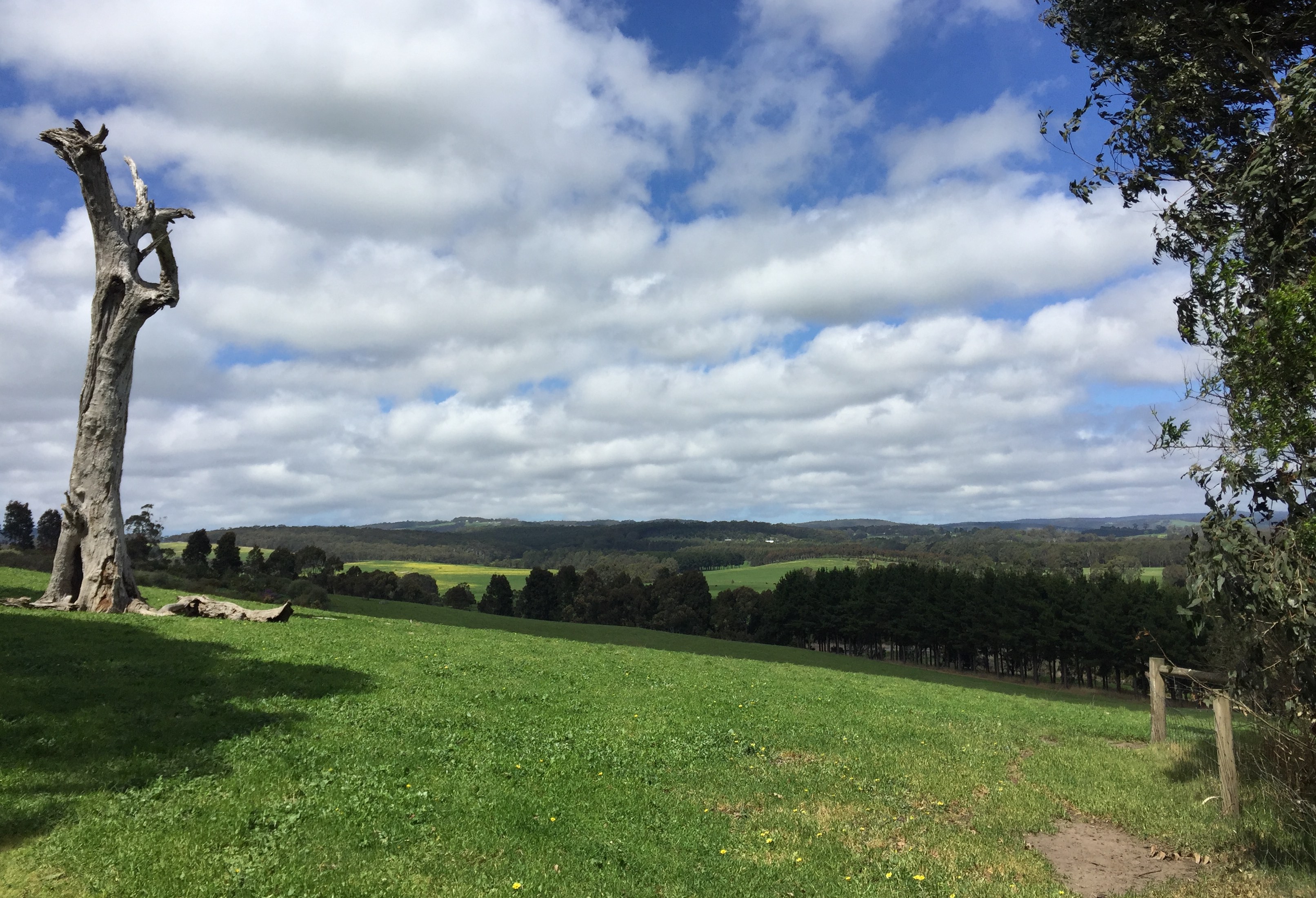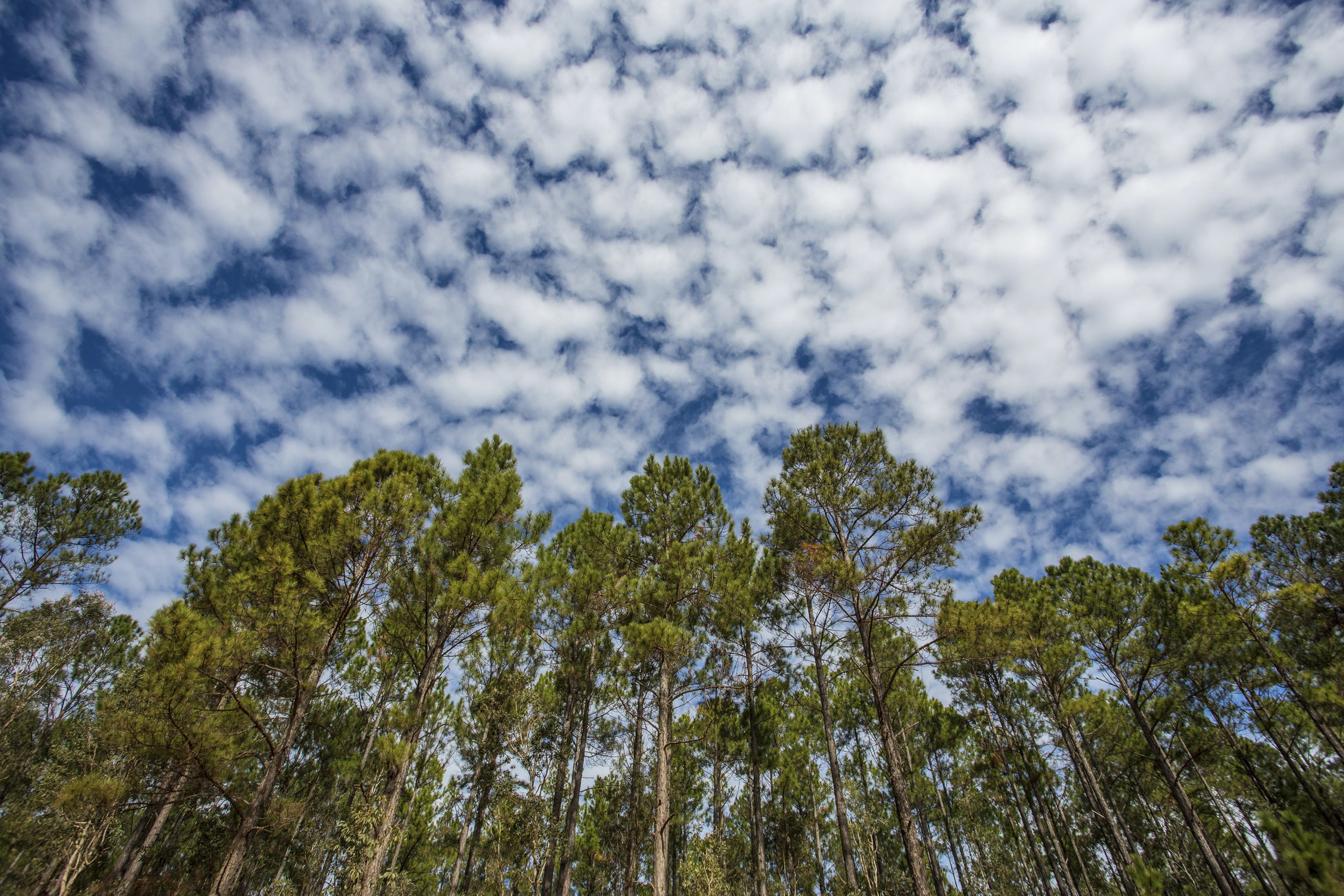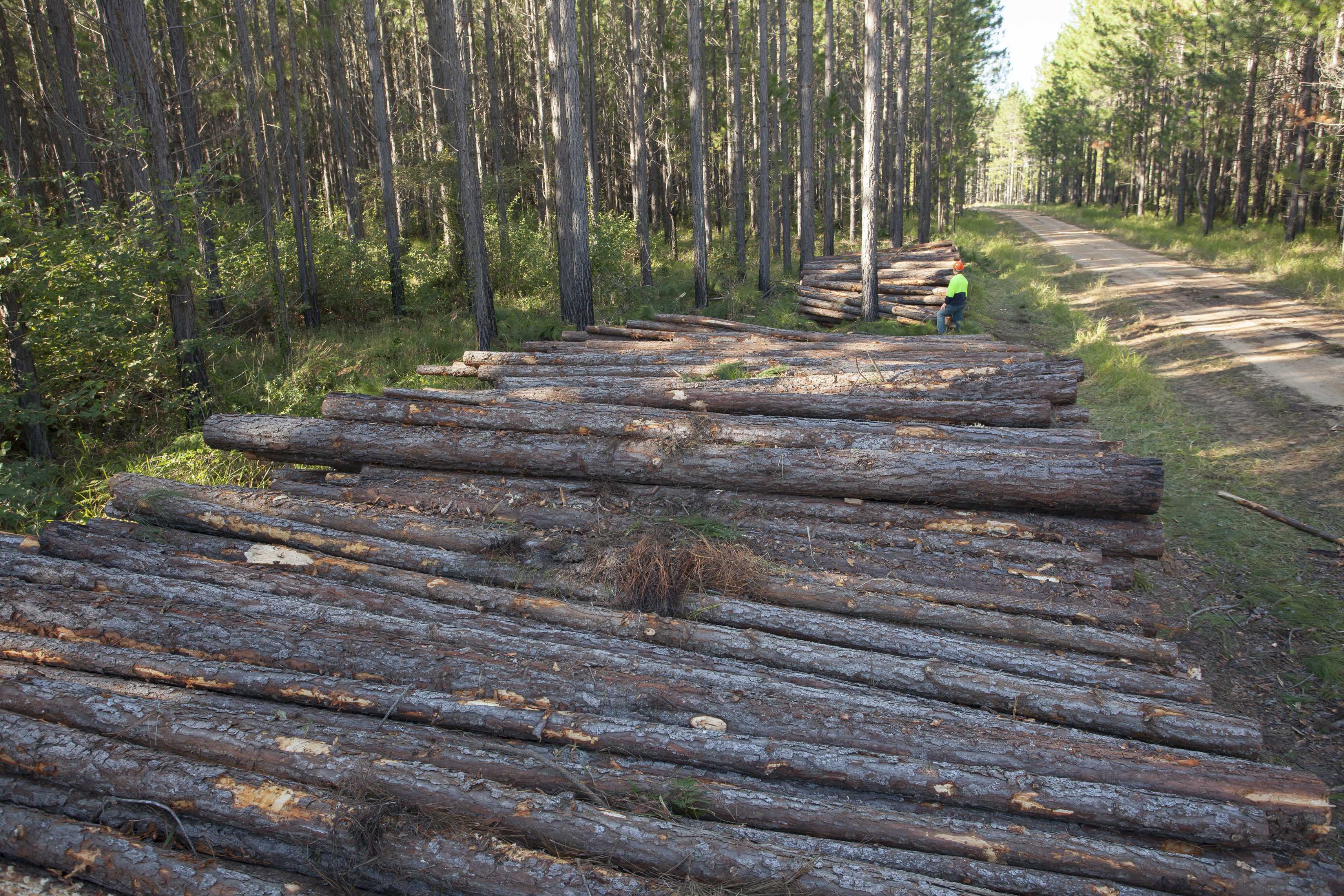
Arts & Culture
Our savage history of fighting bushfires

Australia needs new business models between industry and agriculture to inspire investment in trees on farms in order to guarantee the country’s future timber resources
Published 23 April 2020
Australia’s catastrophic bushfires earlier this year may seem like a long time ago now as focus has shifted to the COVID-19 pandemic, but their impact continues.
The fires, which devastated the country’s east, had a major impact on timber resources in both plantations and native forests.

Even before the fires, it was estimated half a million hectares of new softwood plantations would be required by 2045 to meet increasing timber demand for Australian housing.
Local and export demand for hardwood timber has also continued to grow. However, a lack of recent investment in plantations could see Australia relying more on timber imports in future.
And this is where Australia’s farmers have an opportunity. One way to produce more local wood is by planting trees and forests on Australian farmland.

Arts & Culture
Our savage history of fighting bushfires
This has multiple benefits as it would generate timber, improve our wood security, and, in the process, farmers could diversify their incomes, improve farming productivity and wildlife habitat as well as generate many social and environmental benefits for rural Australia.
Farm forestry has also been recommended to play a major part in Victoria’s emissions reduction strategy.
Our team has been working on new business models for commercial trees on farms, that we believe will be attractive to investors seeking wider beneficial impacts from their capital investments.

The project, which was funded by forest industries and the Australian Government and managed by the not-for-profit industry services company, Forest and Wood Products Australia, involves a multi-disciplinary team of forestry experts, spatial analysts, social and finance researchers, and designers.
To understand the big picture, the research team analysed landowner needs and past experiences with tree investment in different regions and then designed business models in collaboration with industry and rural landowners.
It’s important to understand that Australia’s farmers differ in their income needs, business interests and attitudes towards trees. For example, one farmer we spoke to said that if the economics were “good enough” he might even consider buying land to grow trees for timber.

Sciences & Technology
Why Australia’s severe bushfires may be bad news for tree regeneration
While another farmer said that converting large tracts of good grazing land to trees for forestry was “not for him”. However, the same farmer noted that it would be a “win-win situation” if the trees could be positioned to provide protection for stock, enhance biodiversity and provide habitat corridors, as well as providing timber.
Those developing tree investment options need to recognise these differences and vary timing of payments, planting configurations, and species choices to accommodate these different interests.
Flexible approaches can inspire and enable new partnerships with tree and forest growers working alongside the agricultural sector to generate investment in trees on farms at the scale needed to make a difference to regional industries.
And it’s a system that’s already working in practice. The Yan Yan Gurt West property in the Otway region of Victoria is just one example.

Back in 1993, Timber company Midway Ltd began a working partnership with the Stewart family farm in rural Victoria to plant blue gum trees for future harvest under a tree farming agreement.
Eight hectares were planted in belts ten rows wide through the property. This provided shelter for their sheep and soil protection while the trees were growing. After 14 years, the trees were harvested and the Stewarts received a share of the final income.

Sciences & Technology
Why are our rainforests burning?
The net profit (after accounting for fencing and lost grazing opportunity) of $A1,668 per hectare in today’s money was higher than the farming income would have been from this land over the same period.
But even after the trees were harvested the benefits continued. The tree stumps left after harvesting re-sprouted, rapidly providing new shade and shelter. The regrown trees could also be harvested again to generate future income.
These types of partnerships were common in the 1990s but were overtaken by companies promoting the now infamous Managed Investment Schemes. These schemes established around one million hectares of tree plantations, with the companies generally buying whole farms and planting them with trees.
This caused concern among neighbouring farmers and others in local communities and, ultimately, the investment model, which was built on borrowing capital, wasn’t financially or socially sustainable.

Our research found that tree investment needs to be based on sound regional planning to ensure that the right tree species are planted in the right places to generate desired benefits. Industry also needs to provide a clear commitment to buy wood at suitable prices.
Payments for carbon storage or other environmental services can supplement timber income and provide short-term cash flow.
Most importantly, an investment vehicle is needed to attract the right scale of investment, build investor confidence by spreading risks and underwrite returns.

Environment
Using tech to save wine from bushfire smoke
These new models need to be built on mutual understanding, trust and long-term commitment among landowners, the timber industry and other stakeholders.
This kind of flexible model that meets different needs will be of more interest to a wider group of landowners and see more take-up. But there’s also the need for additional flexibility in payment arrangements, landowner co-investment, tree location and the design on farms, like planning plantings for permanent shade, shelter, aesthetics or biodiversity.
It’s not just farmers who see the potential of these kinds of investment opportunities, our industry partners also see the benefits.

The industry recognises that creating opportunities from more commercial trees on rural land will require them to change the way they interact with rural landowners.
Tony Price, CEO of Midway Ltd, one of the industry partners in the project, told us that by working together, the sector can promote a consistent message that producing timber is a farm activity that complements other forms of agriculture, and that the industry is willing to work with farmers to achieve common goals.
It’s time to scale-up these investment models so we can start seeing the benefits for rural communities and the timber industry, and secure the future of Australia’s timber resources.
The project was supported by the Australian Government under the Voluntary Matching Program with co-funding by Australian Paper, AKD Softwoods Ltd, Hancock Victoria Plantations Ltd, Midway Ltd and OneFortyOne Plantations Ltd. Reports from the project can be found here and if you would like further information please email Professor Rod Keenan: rkeenan@unimelb.edu.au
Banner: Supplied